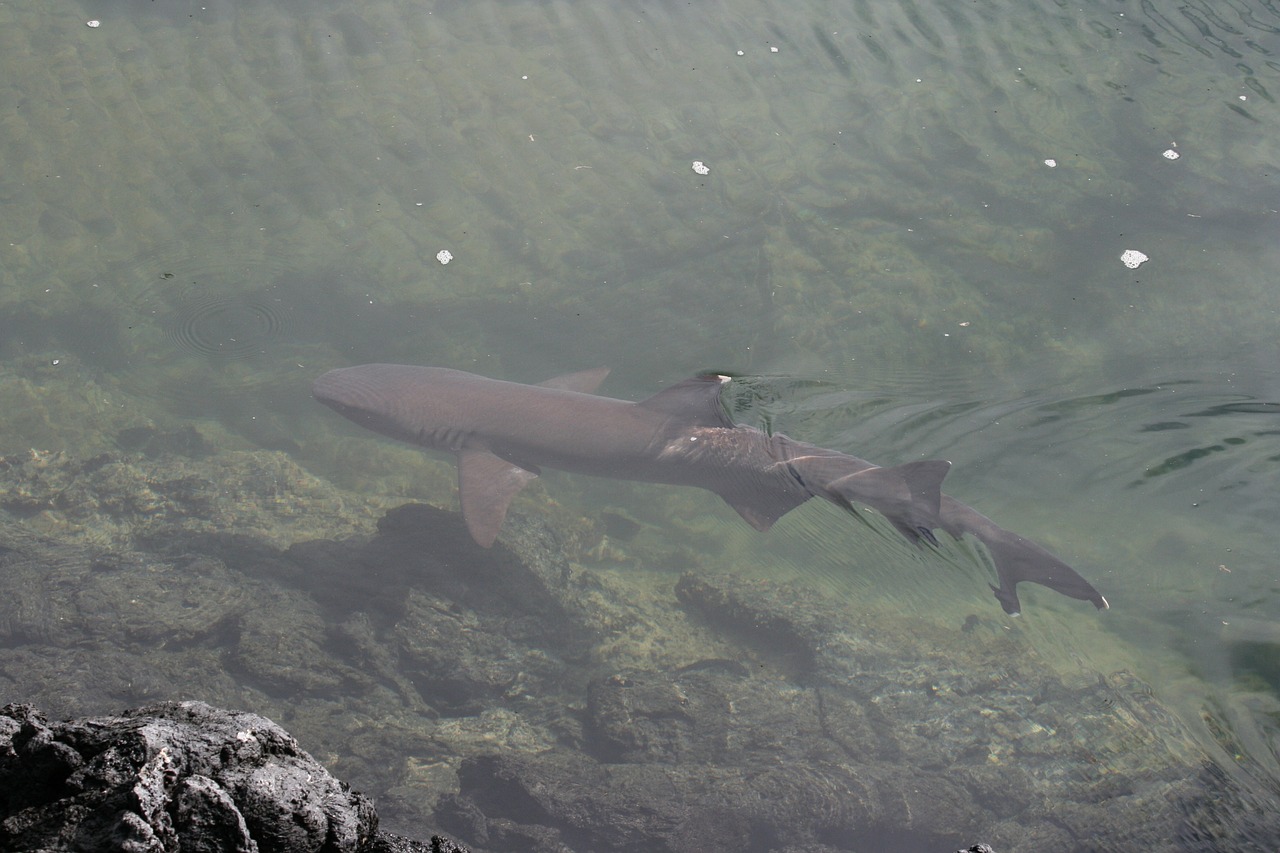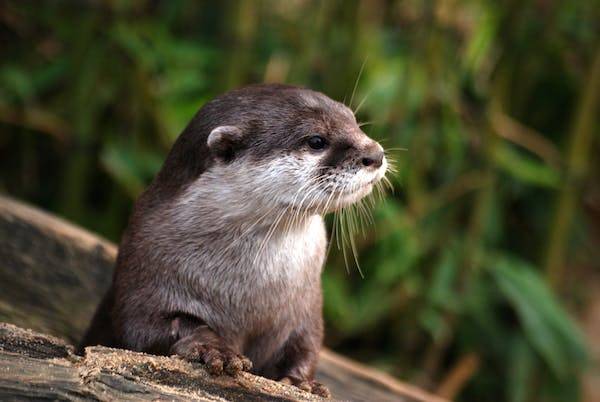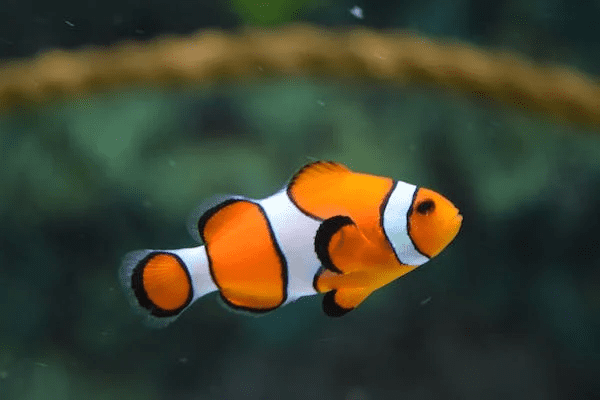Giraffe Catfish
The Giraffe Catfish, scientifically known as Auchenoglanis occidentals, is a captivating species that resides in the fresh waters of Africa. Our blog post aims to provide comprehensive information about this unique Giraffe Catfish, detailing its habitat, behavior, care in aquariums, and its role in the ecosystem.
Our goal is to inform and engage readers with accurate and insightful details about the Giraffe Catfish, enhancing knowledge and appreciation for this aquatic creature.
Understanding the Giraffe Catfish: Habitat and Characteristics
Native to the Nile River, Congo Basin, and other African water bodies, the Giraffe Catfish thrives in a variety of environments, including rivers, lakes, and floodplains. This adaptability makes it a resilient species. The name ‘Giraffe Catfish’ comes from its distinctively patterned skin, reminiscent of a giraffe’s spots.
It’s a large species, capable of growing up to 3 feet in length, and has a lifespan of approximately 10-15 years in the wild.
Physical Attributes and Diet
The Giraffe Catfish has a robust body, barbels around the mouth, and a broad head. Its skin is devoid of scales, and its coloration is a blend of brown, black, and gold patterns. As omnivores, their diet in the wild consists of insects, small fish, and plant matter. This varied diet is crucial for their growth and health.
Giraffe Catfish in the Aquarium: Care and Requirements
When it comes to keeping Giraffe Catfish in aquariums, there are specific requirements to ensure their well-being. This section outlines the essential aspects of their care, including tank conditions, diet, and common health issues.
Tank Conditions and Setup
A large aquarium is essential for housing a Giraffe Catfish, considering its potential size. A minimum tank size of 200 gallons is recommended. The water should be kept clean and well-oxygenated, with a pH level between 6.0 and 7.5. It’s important to replicate their natural habitat by including sandy substrates, rocks, and driftwood for hiding places.
Diet and Feeding in Captivity
In captivity, the Giraffe Catfish’s diet should mimic its natural preferences as closely as possible. This includes a mix of high-quality pellets, live or frozen foods like bloodworms, and vegetable matter. Regular feeding and a balanced diet are key to maintaining their health and vigor.
Health Considerations
Like all aquatic species, Giraffe Catfish are prone to certain health issues. Maintaining water quality and a stress-free environment is crucial for preventing diseases. Regular monitoring for signs of distress or illness is essential for early intervention.
The Role of Giraffe Catfish in their Ecosystem
Giraffe Catfish play a significant role in their natural habitats. They are not just inhabitants but also contributors to the ecological balance. This section delves into their role as part of the aquatic ecosystem.
Contribution to the Aquatic Food Chain
As both predators and prey, Giraffe Catfish are integral to the aquatic food chain. Their diet helps control populations of smaller fish and insects, while they themselves are a food source for larger Predators. This balance is crucial for the health of the aquatic ecosystems they inhabit.
Impact on Aquatic Plant Life
Their feeding habits also influence the growth and health of aquatic plant life. By consuming plant matter and stirring up the substrate, they aid in nutrient distribution, which is beneficial for plant growth.
Conservation Status and Environmental Concerns
While currently not listed as endangered, Giraffe Catfish face threats from habitat loss and pollution. This section highlights the importance of conservation efforts and sustainable practices to protect this species and its habitat.
Threats to Their Natural Habitat
Deforestation, pollution, and dam construction are among the primary threats to the habitats of Giraffe Catfish. These activities can lead to habitat fragmentation and degradation, posing significant risks to the species.
Conservation Efforts and Sustainable Practices
Conservation efforts are crucial for the survival of Giraffe Catfish. Sustainable fishing practices, habitat protection, and pollution control are essential to ensure their continued existence in the wild. Aquarium enthusiasts are also encouraged to source these fish responsibly.
The Intriguing Behavior and Social Dynamics of Giraffe Catfish
Giraffe Catfish exhibit a range of behaviors that are fascinating to both researchers and aquarium enthusiasts. Understanding their social dynamics and behavior patterns is essential for anyone interested in keeping these fish
Conclusion: Celebrating the Giraffe Catfish
The Giraffe Catfish is more than just an exotic species; it’s a symbol of the rich biodiversity found in Africa’s freshwater ecosystems. Understanding and appreciating this species contributes to our broader commitment to preserving the natural world. Whether in the wild or in aquariums, the Giraffe Catfish continues to fascinate and inspire, reminding us of the intricate connections within our environment.
In summary, the Giraffe Catfish, with its unique appearance and fascinating behavior, is a remarkable species that deserves our attention and protection. By learning about and caring for these creatures, we not only enrich our own understanding of aquatic life but also contribute to the broader effort of environmental conservation.




